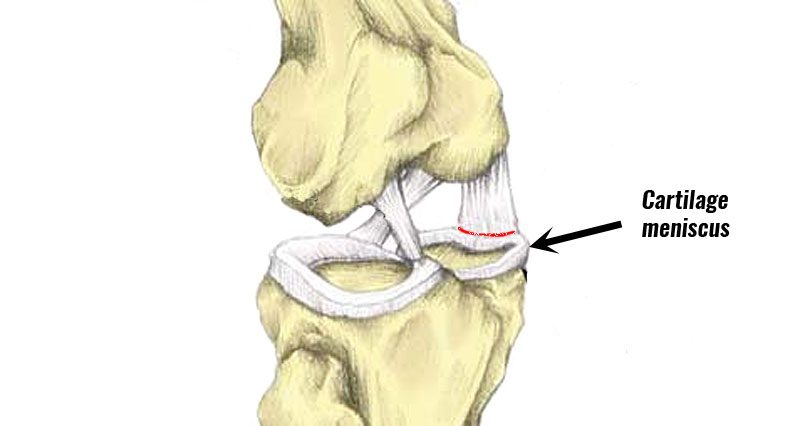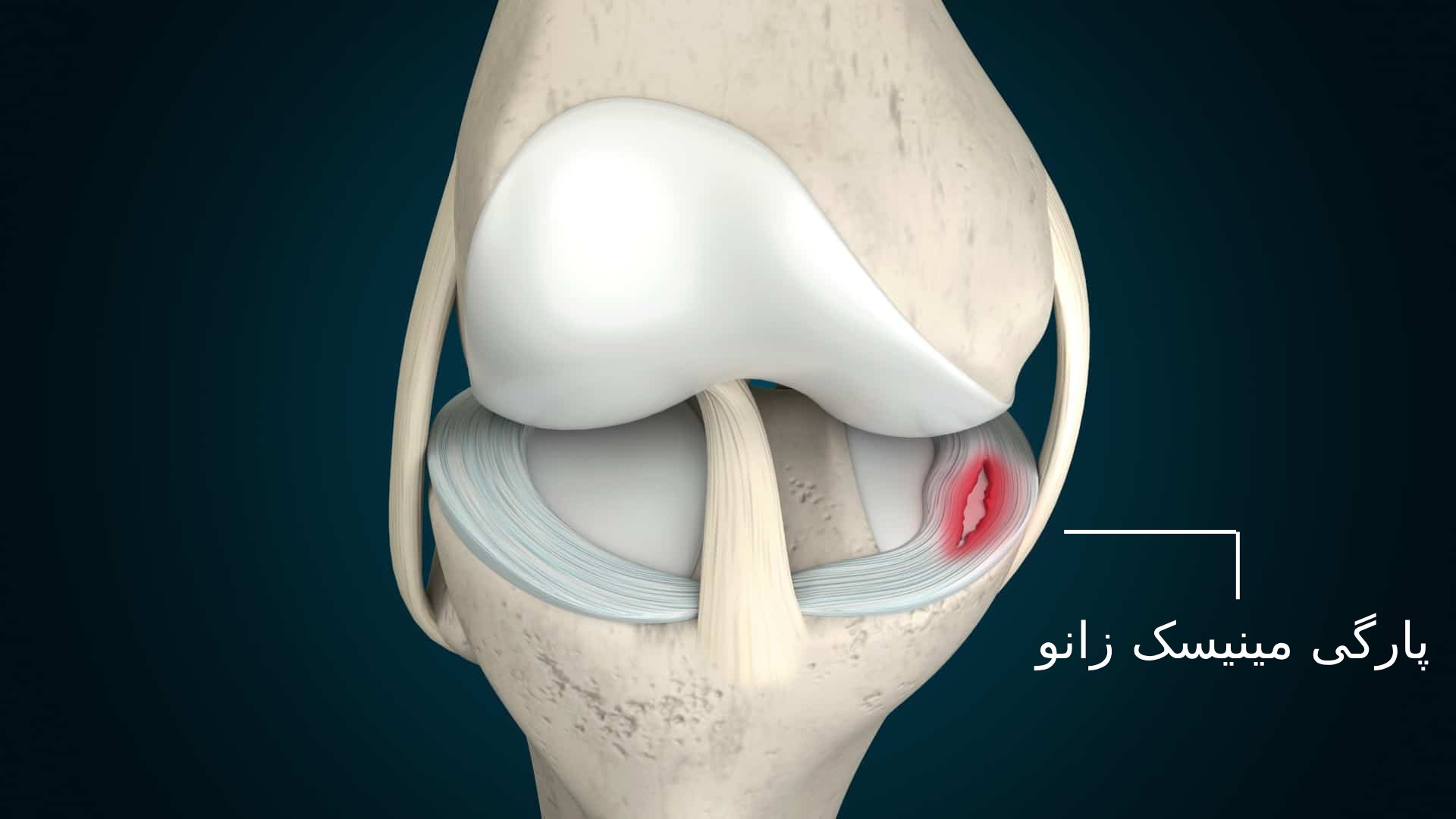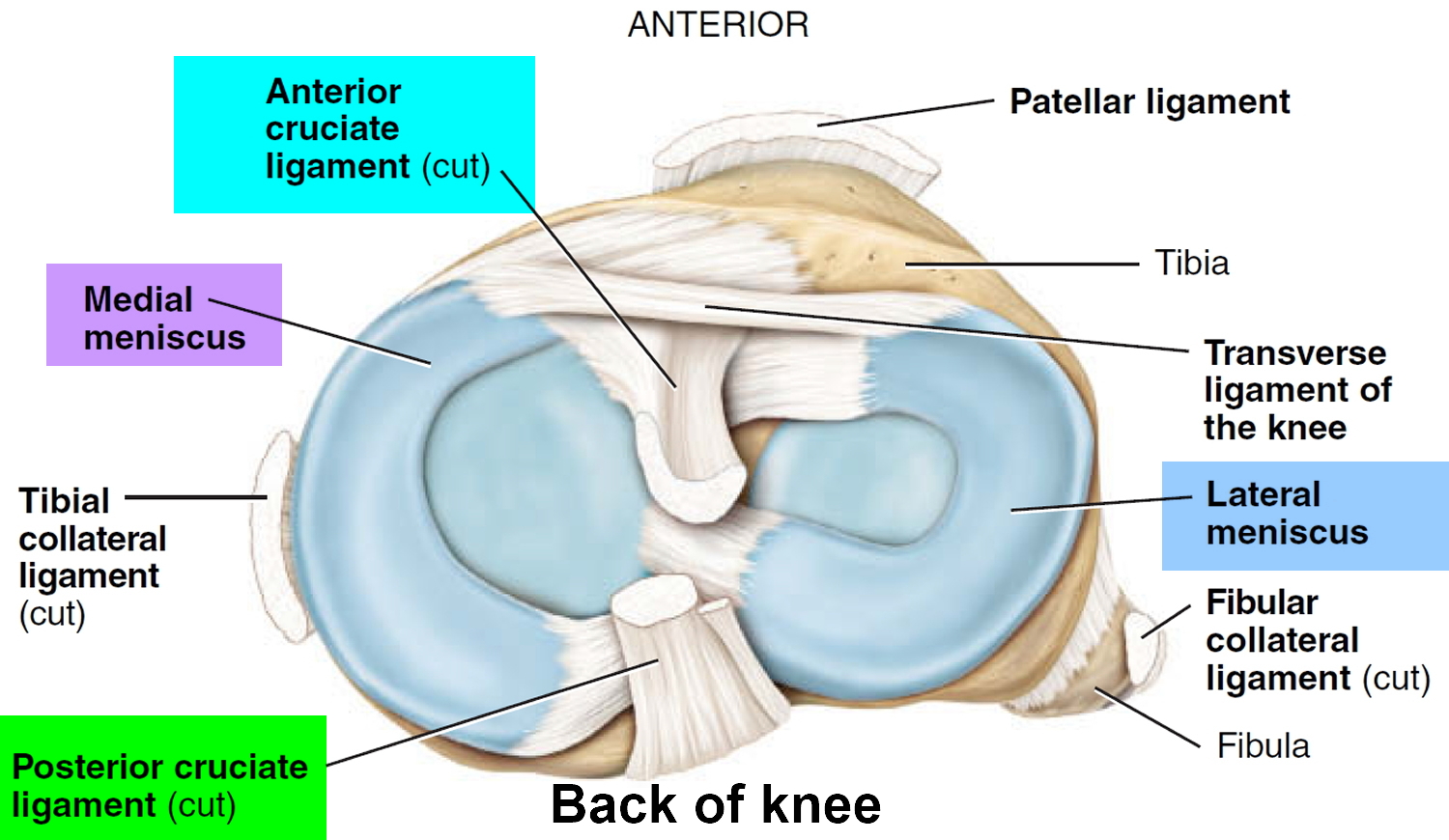Meniscus Tear Anatomy and Function

The meniscus is a C-shaped piece of cartilage that acts as a shock absorber and stabilizer in the knee joint. It sits between the thighbone (femur) and the shinbone (tibia), helping to distribute weight evenly and reduce friction during movement.
Meniscus Structure and Function
The meniscus is composed of two distinct parts: the medial meniscus and the lateral meniscus. The medial meniscus is located on the inner side of the knee, while the lateral meniscus is on the outer side. Both menisci are made of fibrocartilage, a tough and flexible tissue that can withstand significant stress.
The meniscus plays a crucial role in maintaining knee joint health and function. It performs several vital tasks, including:
- Shock absorption: The meniscus acts as a cushion, absorbing forces from the impact of walking, running, and jumping, protecting the knee joint from damage.
- Stability: The meniscus helps to stabilize the knee joint, preventing excessive movement and reducing the risk of injury.
- Joint lubrication: The meniscus helps to distribute synovial fluid, a lubricating fluid that reduces friction between the bones and cartilage.
Types of Meniscus Tears
Meniscus tears can occur in various ways, most commonly due to sudden twisting or pivoting movements, direct impact, or degenerative changes over time. The location and severity of the tear can vary significantly.
Types of Meniscus Tears
Meniscus tears are classified based on their location and severity. The most common types include:
- Horizontal Tear: A horizontal tear runs across the width of the meniscus, often caused by a twisting injury.
- Vertical Tear: A vertical tear runs up and down the meniscus, often caused by a direct impact or a sudden twisting motion.
- Radial Tear: A radial tear is a type of vertical tear that splits the meniscus from its outer edge to the inner edge.
- Bucket-Handle Tear: A bucket-handle tear is a large, vertical tear that detaches a significant portion of the meniscus, resembling a bucket handle.
- Degenerative Tear: A degenerative tear is caused by wear and tear on the meniscus over time, often associated with aging.
Meniscus Tear Severity
The severity of a meniscus tear is determined by the size and location of the tear. A small, isolated tear may cause minimal symptoms, while a large, complex tear can cause significant pain and instability.
Severity of Meniscus Tears
The severity of a meniscus tear is classified into three grades:
- Grade 1: A small, superficial tear that does not affect the function of the meniscus.
- Grade 2: A larger tear that involves more of the meniscus but does not extend to the outer edge.
- Grade 3: A complete tear that extends to the outer edge of the meniscus, often requiring surgery.
Causes and Risk Factors of Meniscus Tears

The meniscus, a C-shaped piece of cartilage in the knee, acts as a shock absorber and helps to stabilize the joint. Tears in the meniscus are common injuries, often resulting from twisting or sudden impact. Understanding the causes and risk factors for these tears can help individuals take preventive measures and seek appropriate treatment when necessary.
Causes of Meniscus Tears
Meniscus tears can occur due to a variety of factors, ranging from sudden traumatic events to gradual wear and tear over time.
- Sports Injuries: High-impact sports like football, basketball, and skiing, where sudden twisting motions or forceful impacts are common, are significant contributors to meniscus tears. These activities often involve rapid changes in direction and forceful pivoting, placing significant stress on the knee joint.
- Aging and Degeneration: As we age, the meniscus, like other tissues in the body, can weaken and degenerate. This process, known as osteoarthritis, makes the meniscus more susceptible to tears, even from minor activities.
- Direct Impact: A direct blow to the knee, such as a fall or a collision, can also cause a meniscus tear. This force can compress or displace the meniscus, leading to a tear.
- Twisting Injuries: Sudden twisting motions of the knee, especially while bearing weight, can put excessive stress on the meniscus, increasing the risk of a tear. This is often seen in sports that involve pivoting or sudden changes in direction.
Risk Factors for Meniscus Tears
Certain factors can increase the likelihood of a meniscus tear. Understanding these risk factors can help individuals make informed choices about their activities and seek preventive measures.
- Age: As mentioned earlier, the meniscus naturally weakens with age, making it more prone to tears. This is due to the gradual breakdown of collagen, the protein that provides strength and elasticity to cartilage. This process is more pronounced in individuals over 40.
- Activity Level: Individuals who engage in high-impact activities, particularly those involving repetitive twisting motions or forceful impacts, are at a higher risk of meniscus tears. This is especially true for athletes participating in sports like football, basketball, soccer, and skiing.
- Previous Injuries: Prior injuries to the knee, including ligament tears or cartilage damage, can weaken the surrounding structures, making the meniscus more vulnerable to subsequent tears. Previous injuries can also affect the biomechanics of the knee, increasing the risk of future tears.
- Obesity: Excess weight puts additional stress on the knee joint, increasing the risk of meniscus tears. This is because obesity can contribute to joint degeneration and instability, making the meniscus more susceptible to injury.
- Joint Deformities: Individuals with knee deformities, such as genu valgum (knock-knees) or genu varum (bowlegs), may have altered biomechanics that increase the stress on the meniscus, making them more prone to tears.
Incidence of Meniscus Tears in Different Populations
The incidence of meniscus tears varies across different populations.
- Athletes: Athletes, particularly those participating in high-impact sports, have a significantly higher incidence of meniscus tears compared to non-athletes. This is due to the increased stress and repetitive motions involved in their activities. Studies have shown that meniscus tears are common in athletes, with an estimated prevalence of 5-10% in professional athletes.
- Non-Athletes: While less common, meniscus tears can also occur in non-athletes. These tears are often related to age-related degeneration, trauma, or overuse. The incidence of meniscus tears in non-athletes is generally lower than in athletes, but it still represents a significant health concern.
Symptoms and Diagnosis of Meniscus Tears

A meniscus tear can cause a range of symptoms, from mild discomfort to significant pain and instability. The severity of symptoms depends on the size and location of the tear, as well as the individual’s activity level.
Symptoms of Meniscus Tears
Understanding the common symptoms of a meniscus tear is crucial for early diagnosis and treatment. These symptoms can vary in intensity and may not always be present.
- Pain: A sharp, sudden pain in the knee, often felt during or immediately after an injury, is a common symptom. The pain may worsen with activity, twisting, or kneeling.
- Swelling: Swelling in the knee joint, often appearing within a few hours of the injury, is another common symptom.
- Locking: A sensation of the knee locking or catching, making it difficult to straighten or bend the leg, can indicate a meniscus tear.
- Instability: A feeling of the knee giving way or buckling, especially during activities like walking or running, can be a sign of a meniscus tear.
- Stiffness: Stiffness in the knee joint, particularly in the morning or after periods of inactivity, can also be a symptom of a meniscus tear.
- Clicking or Popping: A clicking or popping sensation in the knee, especially during movement, can be an indication of a meniscus tear.
Diagnosis of Meniscus Tears
Diagnosing a meniscus tear involves a combination of physical examination, imaging tests, and sometimes, arthroscopy.
Physical Examination
A thorough physical examination by a healthcare professional is the first step in diagnosing a meniscus tear. The examination may include:
- Assessment of Range of Motion: The healthcare professional will assess the range of motion in your knee, looking for any limitations or pain during movement.
- Palpation: The healthcare professional will carefully feel the area around your knee, looking for tenderness or swelling.
- Special Tests: The healthcare professional may perform specific tests, such as the McMurray test or the Apley grind test, to assess the stability of your knee and check for signs of a meniscus tear.
Imaging Tests
Imaging tests, such as MRI and X-rays, can help confirm the diagnosis of a meniscus tear and provide more detailed information about the location and severity of the tear.
- Magnetic Resonance Imaging (MRI): MRI is the gold standard for diagnosing meniscus tears. It provides detailed images of the soft tissues in the knee, including the meniscus. An MRI can identify the location, size, and type of tear.
- X-rays: X-rays are not as effective as MRI for diagnosing meniscus tears, but they can rule out other conditions, such as bone fractures.
Arthroscopy
Arthroscopy is a minimally invasive surgical procedure that allows the healthcare professional to directly visualize the inside of the knee joint. During arthroscopy, a small camera and surgical instruments are inserted into the knee joint through small incisions. Arthroscopy is often used to confirm the diagnosis of a meniscus tear and to repair or remove the torn meniscus.
Comparison of Diagnostic Methods, Meniscus tear
| Diagnostic Method | Advantages | Disadvantages |
|---|---|---|
| Physical Examination | Non-invasive, readily available, can identify potential signs of a meniscus tear. | May not be definitive in diagnosing a meniscus tear, subjective interpretation. |
| MRI | Provides detailed images of the meniscus, accurate in diagnosing tears, can identify the severity and location of the tear. | Expensive, not always readily available, may not be suitable for all patients (e.g., claustrophobia). |
| Arthroscopy | Allows direct visualization of the knee joint, can be used for both diagnosis and treatment, can provide definitive diagnosis. | Invasive procedure, requires anesthesia, carries potential risks associated with surgery. |
So, you’ve got a meniscus tear? Ouch! That’s like the cartilage in your knee saying, “I’m outta here!” But don’t worry, it’s not the end of the world. The real question is, how long until you can get back to doing all the things you love?
Check out this article on torn meniscus recovery time to get a better idea. Just remember, a torn meniscus doesn’t mean you have to be sidelined forever!
You know, a meniscus tear is no joke! It’s like your knee’s saying, “Hey, I’m not a bouncy ball anymore!” But hey, at least it’s not as bad as a broken leg, right? Speaking of tough guys, you should check out jj mccarthy stats , that guy’s a real beast on the field! Anyway, back to the knee…
I think I’ll just stick to walking for now, maybe some light jogging. No need to push it, right?
